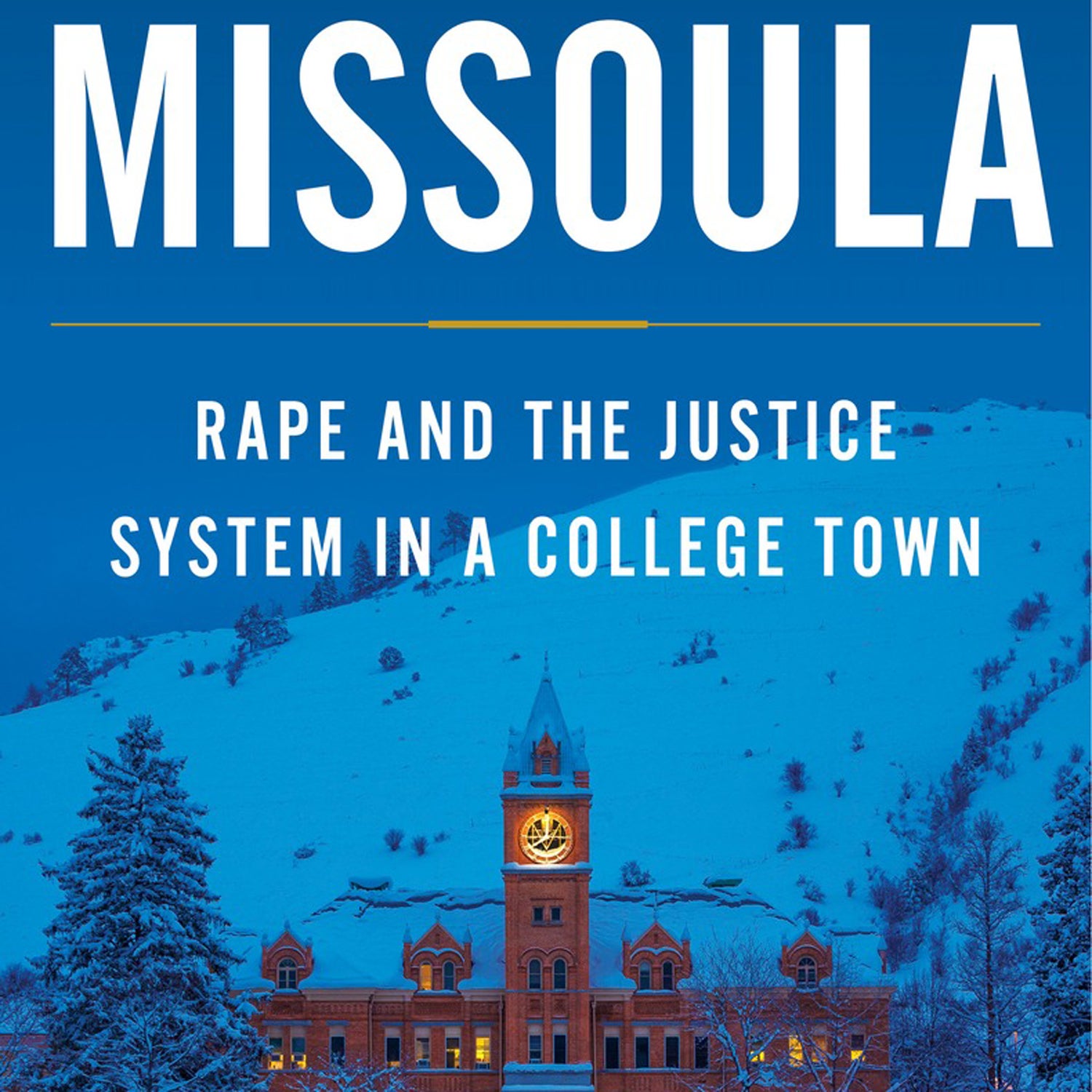“When an individual is raped in this country, more than 90 percent of the time the rapist gets away with the crime.” That sentence comes about a hundred pages into Jon Krakauer’s newest book, . As shocking as the statistic is, it’s just one of many damning details in Krakauer’s relentless, exhaustive story about a three-year string of rapes in Missoula, Montana, and what they say about the way our communities, campuses, and legal system deal with sexual assault.
The book comes at a pivotal moment in the national conversation about sexual assault on college campuses. In a couple of weeks, former Florida State University quarterback Jameis Winston will likely be selected as the top pick of the NFL draft about a civil suit being brought against him by a woman who says he sexually assaulted her in 2012. (State attorneys in Florida declined to press charges over the alleged assault.) Rolling Stone recently a long and lurid article about an assault at the University of Virginia; the magazine was found to have made several errors in reporting by the deans of journalism at Columbia University, which itself is involved in a scandal over how it investigates rapes on campus. , two Vanderbilt University football players were convicted of raping an unconscious woman in a dorm room. These are just the most recent high-profile assault cases. As Missoula makes clear, the problem is much larger than that.
“Rather than being the nation’s rape capital, Missoula had an incidence of sexual assault that was in fact slightly less than the national average,” Krakauer writes. “That’s the real scandal.”
The book focuses primarily on three events, though it discusses nearly a dozen. The first is the rape of Allison Huguet by longtime friend and University of Montana football player Beau Donaldson in 2010, while Huguet was sleeping on Donaldson’s couch. The second is the alleged 2010 gang rape of Kelsey Belnap by four other football players. The third is the highly publicized trial of university quarterback Jordan Johnson for the rape of an unidentified woman—Krakauer uses the pseudonym Cecilia Washburn—who accused Johnson of raping her in 2012. These are not necessarily new stories—they prompted articles in Newsweek and Jezebel, a Department of Justice investigation, and a report on 60 Minutes—and Krakauer does not pretend to be scooping anyone. Instead, he systematically details the many myths surrounding rape and the many ways in which our society mistreats victims long after the actual assault.
Readers will quickly become exasperated at the way police, prosecutors, university administrators, and the larger community failed to support victims in Missoula. (Much has been made in Missoula about the fact that Krakauer did not interview prosecutors, police officers, or university officials for the book; their quotes and actions in Missoula come from public records.) Many friends and acquaintances assumed victims were lying—even though less than ten percent of rape claims turn out to be false. One police officer told a victim that “sometimes girls cheat on their boyfriends, and regret it, and then claim they were raped.” The university initially expelled Jordan Johnson, but then gave him four chances to appeal the decision; a luxury it did not afford to the alleged victim after Johnson was readmitted.
But the most shocking revelations are those about the Missoula County Attorney’s Office, which, Krakauer writes, had “an office culture that neither encouraged prosecutors to aggressively pursue challenging cases nor provided them with the specialized training necessary to do so.” The office—like many across the country, Krakauer notes—prioritized success rate over victims, failing to take cases to trial if prosecutors thought they’d have difficulty winning them. During a Department of Justice investigation into sexual assaults in Missoula from 2009 to 2012, an investigator discovered that, in some cases, “Missoula Police officers had developed substantial evidence to support prosecution, but MCAO, without documented explanation, declined to charge the case.”
Krakauer places much of that blame on Kirsten Pabst, the chief deputy county prosecutor who headed up many sexual assault investigations before she left office in 2012. She then successfully defended Jordan Johnson against rape charges in 2013, as a private attorney, after which she ran for—and won—the seat of Missoula County Prosecuting Attorney in 2014, having campaigned on a platform of bringing change to an office whose culture and practices she had helped shape.
While few parties in Missoula come off well, Krakauer goes to great lengths to explain that the town is not unique. The 2013 Department of Justice investigation found that there were 80 reported rapes and approximately 350 sexual assaults in Missoula between 2009 and 2012. “This suggests that, rather than being the nation’s rape capital, Missoula had an incidence of sexual assault that was in fact slightly less than the national average,” Krakauer writes. “That’s the real scandal.”


